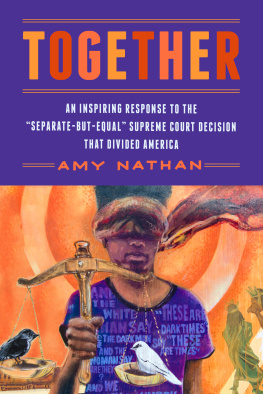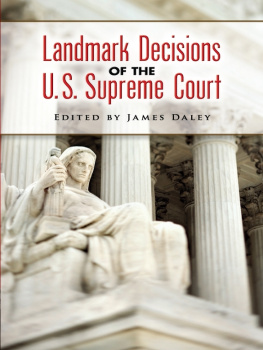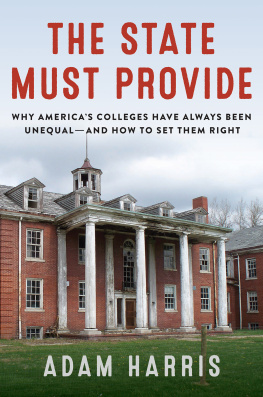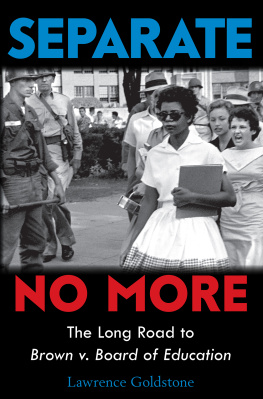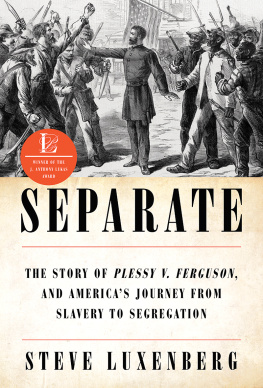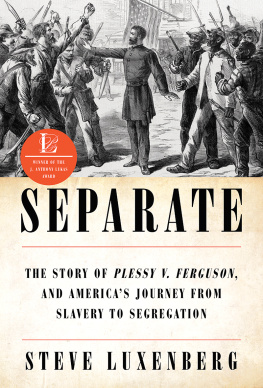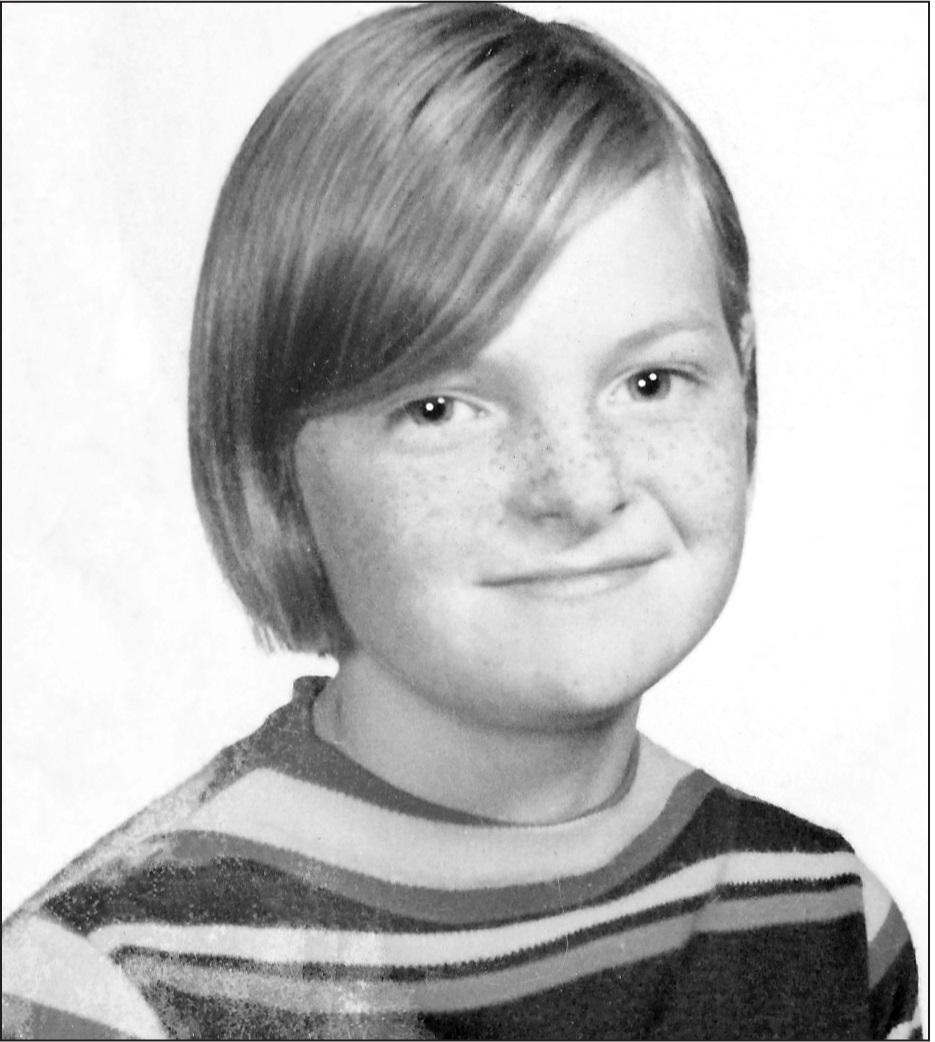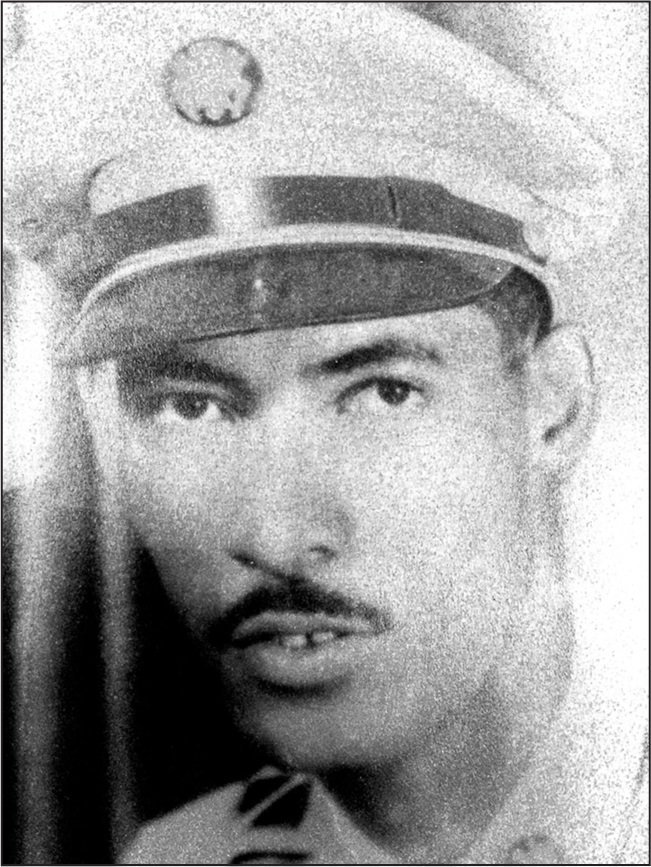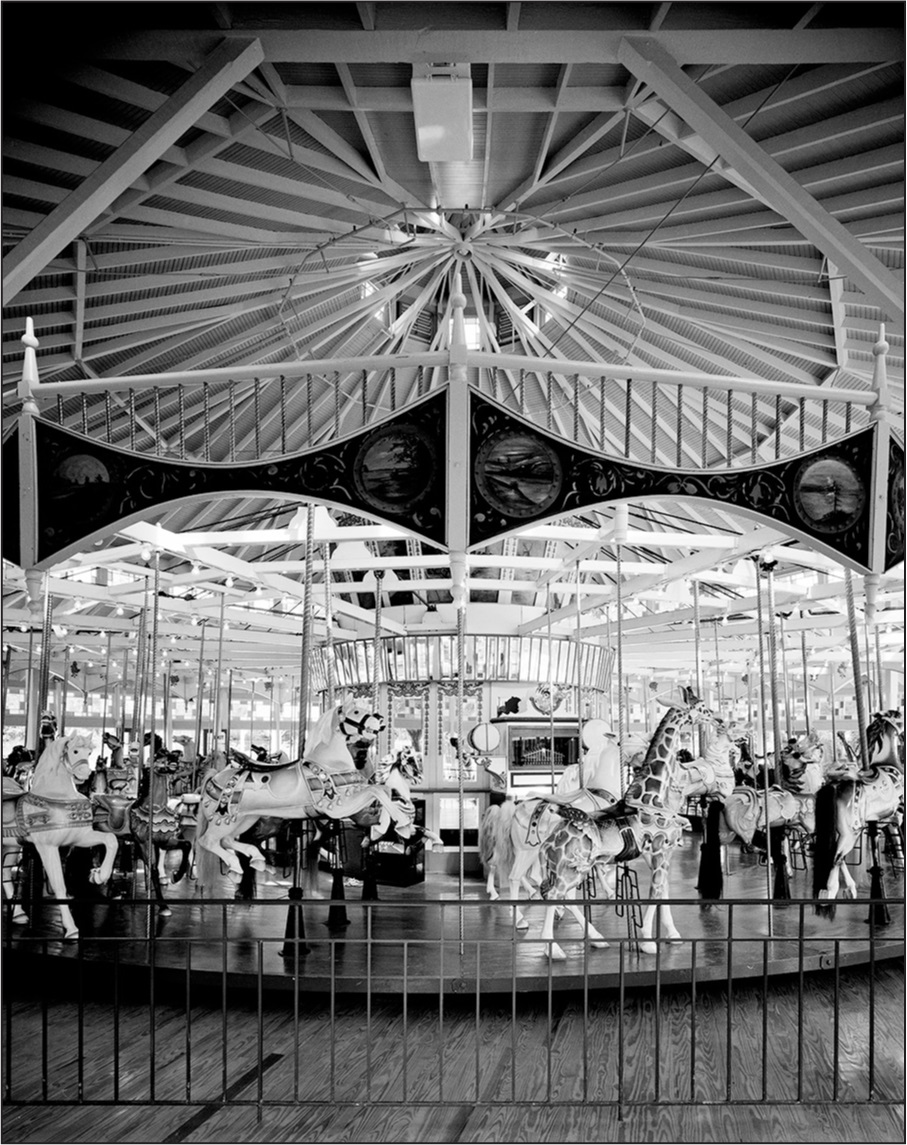Amy Nathan - Together: An Inspiring Response to the Separate-But-Equal Supreme Court Decision that Divided America
Here you can read online Amy Nathan - Together: An Inspiring Response to the Separate-But-Equal Supreme Court Decision that Divided America full text of the book (entire story) in english for free. Download pdf and epub, get meaning, cover and reviews about this ebook. year: 2021, publisher: Paul Dry Books, genre: Politics. Description of the work, (preface) as well as reviews are available. Best literature library LitArk.com created for fans of good reading and offers a wide selection of genres:
Romance novel
Science fiction
Adventure
Detective
Science
History
Home and family
Prose
Art
Politics
Computer
Non-fiction
Religion
Business
Children
Humor
Choose a favorite category and find really read worthwhile books. Enjoy immersion in the world of imagination, feel the emotions of the characters or learn something new for yourself, make an fascinating discovery.
- Book:Together: An Inspiring Response to the Separate-But-Equal Supreme Court Decision that Divided America
- Author:
- Publisher:Paul Dry Books
- Genre:
- Year:2021
- Rating:5 / 5
- Favourites:Add to favourites
- Your mark:
Together: An Inspiring Response to the Separate-But-Equal Supreme Court Decision that Divided America: summary, description and annotation
We offer to read an annotation, description, summary or preface (depends on what the author of the book "Together: An Inspiring Response to the Separate-But-Equal Supreme Court Decision that Divided America" wrote himself). If you haven't found the necessary information about the book — write in the comments, we will try to find it.
An ambitious account of the legacies of Plessy and Ferguson . . . Undeniably timely and representative of the necessary work ahead.Kirkus Reviews
Amy Nathans well-researched and beautifully written book makes clear the history of racism that has kept Black people separate and unequal in U.S. society for so longand how we today can work to chart a new future. The friendship between Keith Plessy and Phoebe Ferguson, descendants of the antagonists in the infamous Supreme Court decision that cemented racial inequality, Plessy v. Ferguson, demonstrates that ancestry need not be destinyif we are willing to do the hard work of repair. In Amy Nathans capable hands, their intertwined histories come alive, demonstrating one of many paths we can purposefully take towards a more equitable society.Leslie M. Harris, Professor of History, Northwestern University, and author of In the Shadow of Slavery: African Americans in New York City, 1626-1863
Keith Plessy and Phoebe Ferguson were both born in New Orleans in 1957. Sixty-five years earlier, in 1892, a member of each of their families met in a Louisiana courtroom when Judge John Howard Ferguson found Homer Plessy guilty of breaking the law by sitting in a train car for white passengers. The case of Plessy v. Ferguson went all the way to the U.S. Supreme Court, which ruled that separate-but-equal was constitutional, sparking decades of unjust laws and discriminatory attitudes.
In Together, Amy Nathan threads the personal stories of Keith Plessy and Phoebe Ferguson into the larger history of the Plessy v. Ferguson case, race relations, and civil rights movements in New Orleans and throughout the U.S. She tells the inspiring tale of how Keith and Phoebe came together to change the ending of the story that links their families in history. Its a flip on the script, said Keith.
Amy Nathan: author's other books
Who wrote Together: An Inspiring Response to the Separate-But-Equal Supreme Court Decision that Divided America? Find out the surname, the name of the author of the book and a list of all author's works by series.

